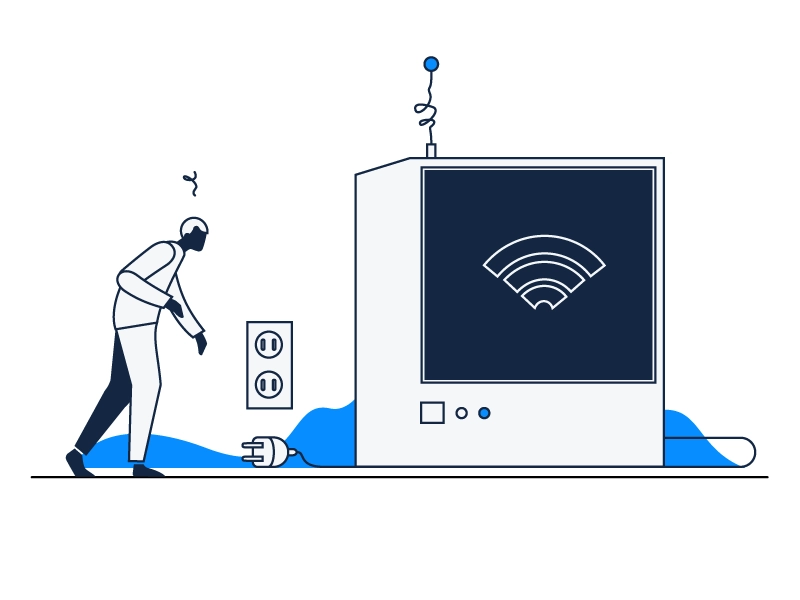Four Internet Models: USA, EU, China, and India at a Glance
The division of the internet began 23 years ago when China implemented its Great Firewall. Later developments, such as strict regulations in the EU and the blocking of TikTok, have further split the internet into four distinct models. This summary is based on insights from Ben Thompson, author of the Stratechery blog.
The American Model
The American internet model is characterized by minimal government intervention. While this approach has clear drawbacks—such as the dominance of large aggregators due to a lack of regulatory friction—it also allows other players to benefit. Key features include:
- Major American tech companies operate freely.
- New American tech startups face relatively few barriers to entry, especially regarding content regulation or data collection.
- The U.S. government collects most of the taxes from these companies, including revenue earned abroad; it spreads its vision globally through American tech firms and has access to data from non-U.S. citizens.
- U.S. citizens enjoy a high degree of freedom.
- Foreign individuals and companies also benefit from a high level of freedom.
At the same time, governments in other countries have limited control over American tech companies, their revenues, and the spread of information.
The Chinese Model
The driving force behind the Chinese model is information control. Its main aspects are:
- Strict control over information, including access to Western services, and the use of a large number of censors for domestic internet companies.
- Growth of domestic internet companies and innovation, fueled by a huge market and lack of foreign competition.
- The Chinese model does not work well in countries without a large domestic market (for example, Iran).
The European Model
- Strict regulation through GDPR, the Copyright Directive, and strong protection of citizens’ data.
- On one hand, regulatory hurdles and extra costs for companies, which can give them an advantage over competitors within the EU market.
- On the other hand, slower growth for domestic companies.
- The market becomes secondary for organizations that choose to experiment in other countries.
The Indian Model
- One of the most complex markets in terms of internet access and logistics.
- The most attractive market for foreign companies, especially American and Chinese firms that have already saturated their home markets.
- Openness to foreign products (like Google and FacebookFacebook launched an official Tor mirror in 2014, becoming the first major tech company to provide direct access through onion routing. The mirror allows users to bypass censorship, secure their connections, and avoid phishing risks while using the platform. This step also underscored Facebook’s recognition of free expression and inspired other outlets like the BBC and ProPublica to create their own Tor versions. More), but strict regulation of foreign technology implementation (such as bans on foreign investment in e-commerce).
- Clashes between foreign tech companies and Indian regulators (for example, the recent TikTok ban over national security concerns).
- Foreign corporations have started investing in local players, such as Reliance Jio Platforms. FacebookFacebook launched an official Tor mirror in 2014, becoming the first major tech company to provide direct access through onion routing. The mirror allows users to bypass censorship, secure their connections, and avoid phishing risks while using the platform. This step also underscored Facebook’s recognition of free expression and inspired other outlets like the BBC and ProPublica to create their own Tor versions. More alone invested $5.7 billion for a 10% stake.



